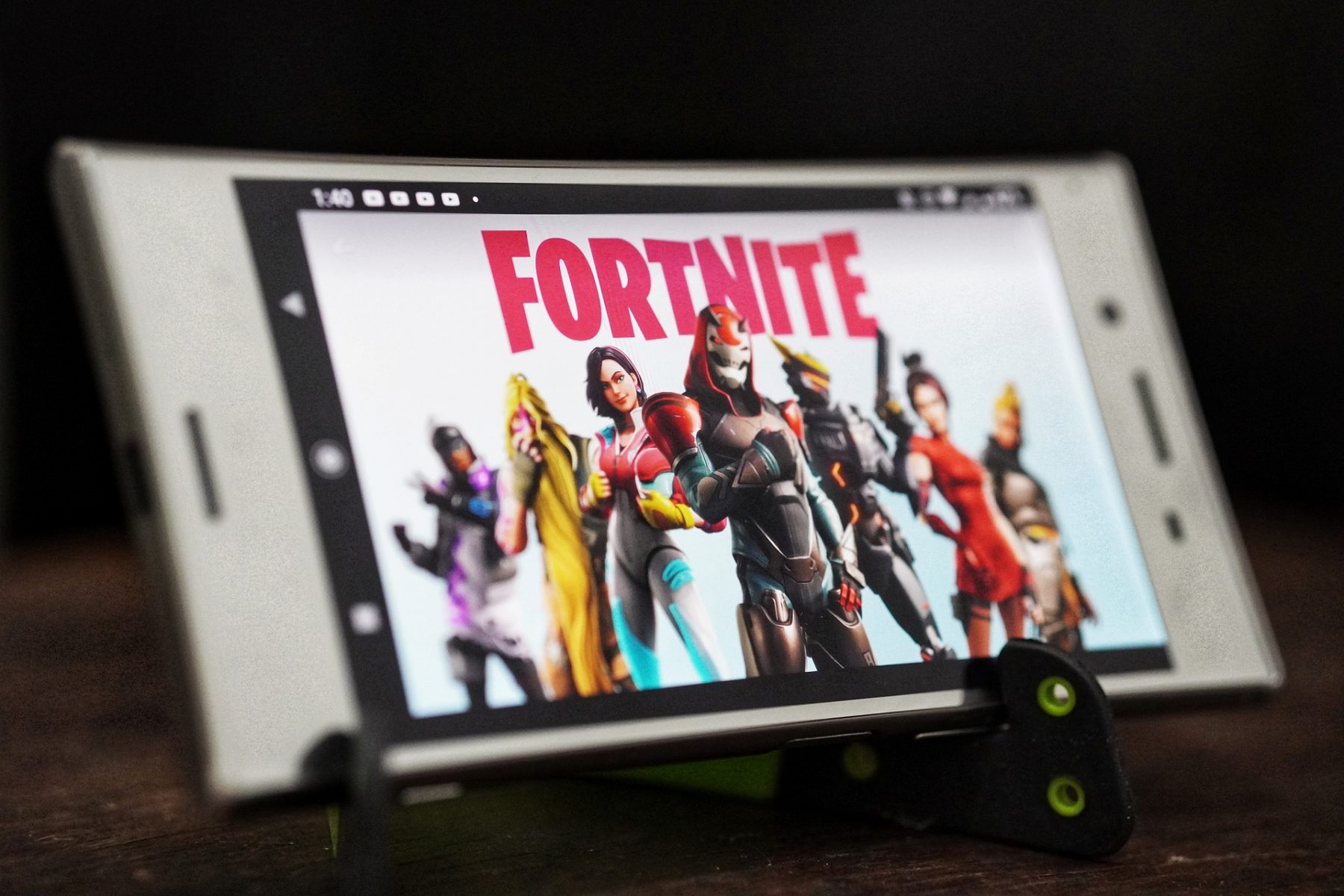Okay, time to talk “Fortnite.” Players just entered yet another chapter of the game’s third season. Its player base is larger than ever before. But has the game earned the momentum it has been carrying? With the game’s platform branching into concerts and live premieres of blockbuster movies, what makes this game so immensely popular? It’s time to settle the score, once and for all. Is “Fortnite” good, or just a cringey meme?
For those unfamiliar with the game, “Fortnite” is an online-multiplayer third-person shooter. It has a few game modes, the most popular being Battle Royale. Up to 100 players dive into the game’s world, search for weapons and ammo and fight one another. The deadly in-game storm closes in around the players forcing everyone to merge toward the center of the map, where the remaining players then engage in close-quarter combat to decide a victor. The Battle Royale has a few variants, Duos and Squads, that allow players to team up with their friends. But “Fortnite” does not stop at player-versus-player action.
In fact, earlier this April, over 12 million “Fortnite” players around the world gathered to watch an in-game concert by award-winning rapper Travis Scott. The live event featured a giant, scripted and animated Scott teleporting around the game’s world performing popular songs such as “Sicko Mode.” This is not the only time video game publishing company Epic Games used their popular platform for innovative live events.
Marshmello staged a virtual concert in February last year. On December 9, 2019, “Fortnite” premiered an exclusive sneak peak of the Hollywood blockbuster “Star Wars: Rise of Skywalker.” Why would popular celebrities and movie franchises partner with a game like “Fortnite”? The simple answer: exposure, and lots of it.
While Epic Games gains profit by selling in-game cosmetics based on the popular artists and franchises they advertise, their partners get a whole lot of attention thanks to the widespread player base of “Fortnite.” As of May, the game garnered 350 million registered players spread around the globe: That is 100 million more than the previous year.
Do not forget Twitch streamers. Popular streamers of the game bring in millions of followers with each live stream. The list of “Fortnite” streamers on Twitch and YouTube goes on, and news of live Fortnite concerts and premieres gets around rather quickly. Fortnite is a medium of its own, providing a lucrative income for streamers, franchises and the publishers themselves.
The word “Fortnite” is often surrounded by negative stereotypes that turn some potential players away. Much like how the “Call Of Duty” franchise was criticized for its nasty player base, vulgar language in online multiplayer and jokes about “yo mama,” “Fortnite” is often mocked for its wince-worthy dance emotes and its use as a punchline. It’s the game where you’re “cool” if you don’t play it, right?
Well then why is it so popular? For a lot of people, “Fortnite” is only a meme generator. A game where a bunch of 12-year-olds learned a few incredibly cringey dances and that’s all some people are willing to pay attention to. Well, maybe there is no such thing as bad publicity. As “Fortnite” memes gained more and more popularity, frequently appearing on social media platforms like Twitter and TikTok, its player base increased.
The game delivers a ton of variety to its players. Young and old, players can enjoy the game’s Battle Pass and unlock appearances for their player avatar, weapon skins and emotes as they level up. And those cringey dance emotes? They are sometimes surprisingly charming. The game embraces its meme culture and allows itself to be a target for jokes. The game knows it can be ridiculous at times and rolls with it.
“Fortnite” allows its younger players to play like their favorite content creators. It lets friends “squad up” with one another from anywhere around the world, which is incredibly important during quarantine. It appeals to all ages and remains consistently popular. More importantly, the game is accessible, cartoony and fun.
As the game continues to thrive, Epic Games releases more and more seasons for their players. These seasons and chapters bring brand new battle passes and themes for players to enjoy. Season 2 premiered with agent-themed gameplay and allowed players to sneak into heavily guarded bases, defeat in-game bosses and gain access to their vaults filled with precious weapons and other items.
This new season released last month brought in rideable sharks, a landscape flooded with water and even Aquaman (his appearance based on Jason Momoa’s movie adaptation), who’s unlockable with the Battle Pass. With each chapter, Epic Games discovers interesting ways to keep their players engaged with new gameplay mechanics, in-store purchases and unlockable cosmetics.
Today, players can purchase real-world items such as shirts, action figures and other collectibles based on the game. “Fortnite” themed birthday parties, costumes — you name it. “Fortnite” is a cultural marvel. It’s almost like “Star Wars” for newer generations. It’s bigger than anticipated and won’t go away anytime soon.
So, is the game good? It can be easy to stay close-minded when a game has such a massive following. It sometimes seems less acceptable to like something so many others enjoy. But it has a following for a reason. And no, it’s not just the silly dances. The game is innovative. It pushes its own realm of possibilities and makes an impact. Yes, the game can be fun. Winning a “victory royal” is satisfying, and playing will always be engaging for as long as you have buddies to play with.
Hopefully, this article exposes you to what the game offers its players besides what social media pokes fun at. The game can still be cringey, with emotes ranging from sort of dumb to Rick Astley’s “Never Gonna Give You Up.” But “Fortnite” knows what it is and wants you to play a part in the joke; and maybe you should. You might have fun doing it.
















